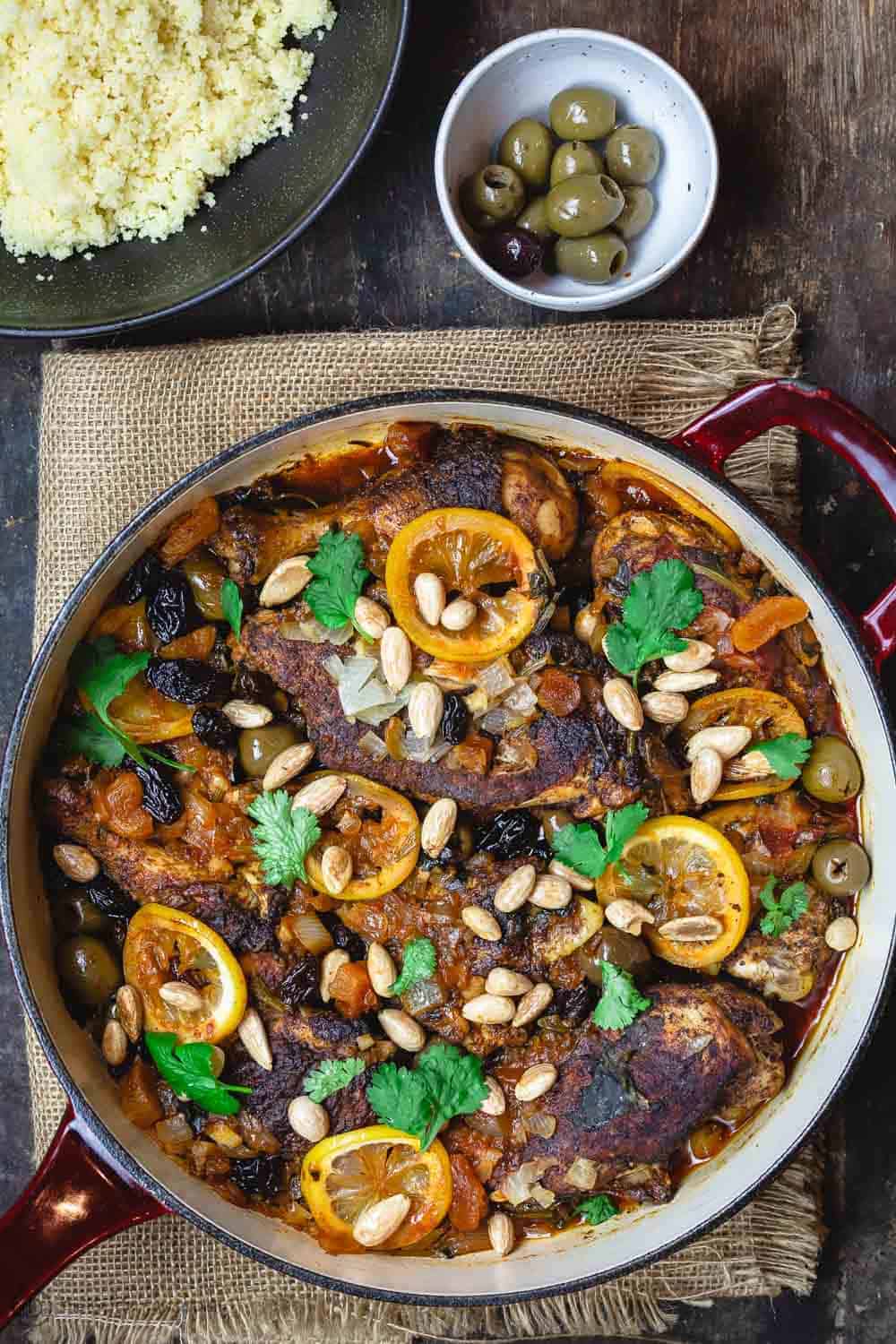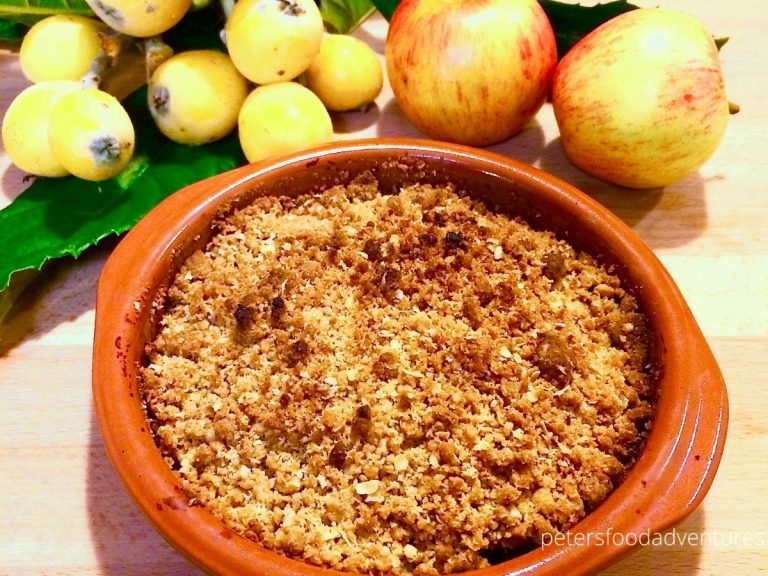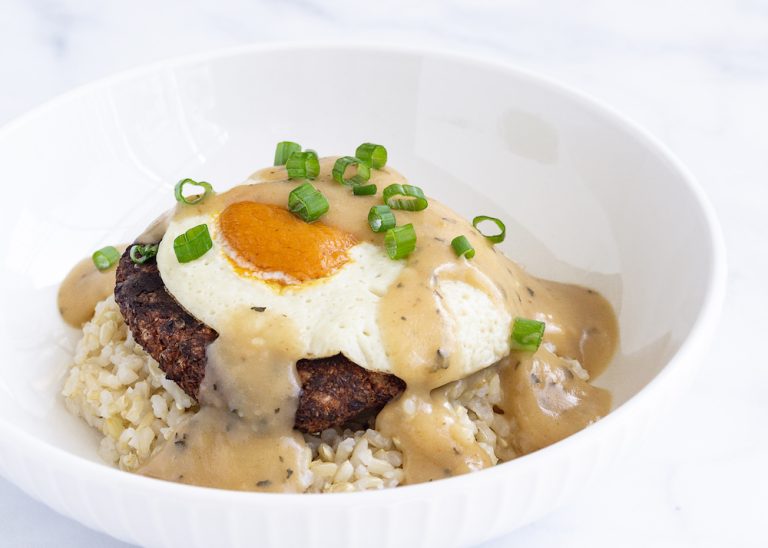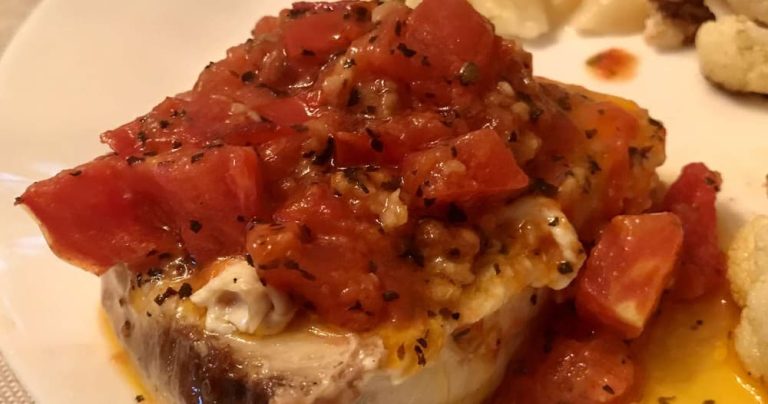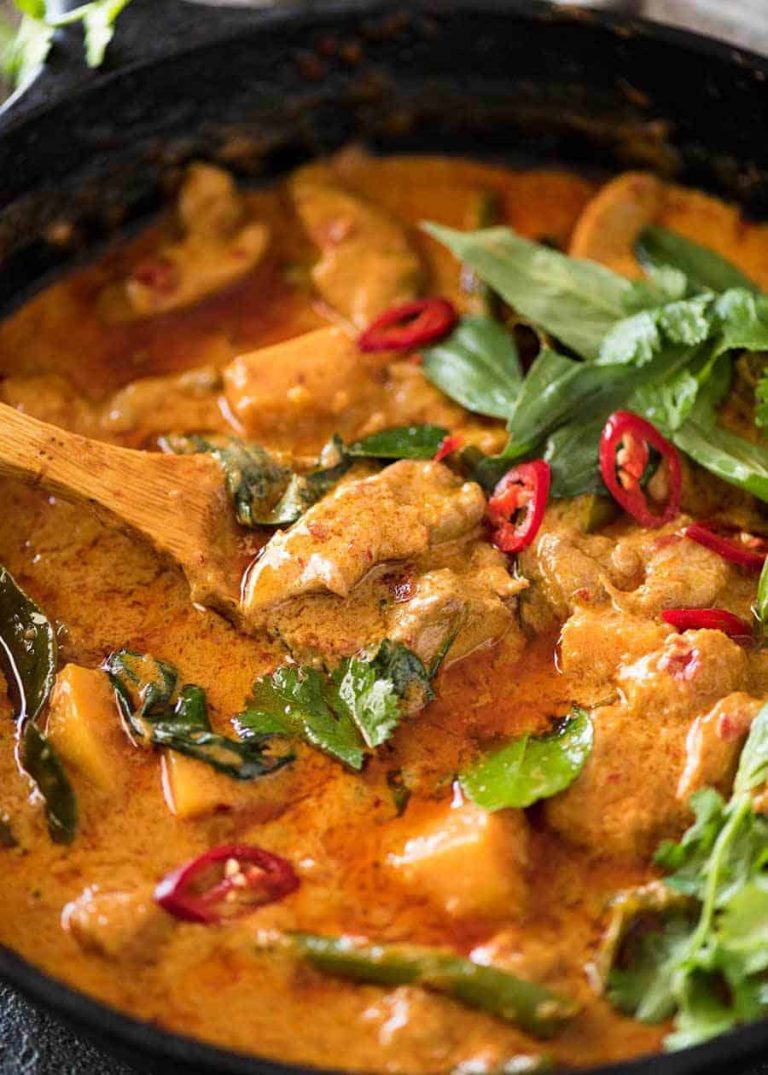Moroccan Chicken: Recipes, Cooking Tips & Perfect Pairings
Moroccan chicken owes much of its flavor to the region’s rich array of spices. The blend often includes cumin, coriander, paprika, ginger, and turmeric, creating a unique taste profile. These spices not only enhance the flavor but also contribute to the dish’s aromatic qualities. Ras el hanout, a famed Moroccan spice mix, often finds its way into Moroccan chicken, adding complexity and depth. A key aspect is balancing these spices for a harmonious taste that tantalizes the palate.
Historical Context and Evolution
The history of Moroccan chicken dates back centuries, influenced by the diverse cultures that have traversed Morocco. Moroccan cuisine has elements from Berber, Arab, and Mediterranean traditions, each contributing different facets to the flavor and preparation methods. Chicken, introduced by Arab traders, became a staple protein in Moroccan dishes. Over time, the use of spices, cooking techniques, and ingredients evolved, leading to the rich and varied Moroccan chicken recipes enjoyed today. Modern recipes often blend traditional methods with contemporary twists, preserving authenticity while adapting to current tastes.
Key Ingredients in Moroccan Chicken
Understanding Tagine and Its Role
Tagine, a key element in Moroccan cuisine, is both a dish and the conical clay pot used to cook it. The unique design of the tagine pot ensures slow cooking, evenly distributing heat and moisture. This method enhances the flavors of the chicken and spices, resulting in tender meat and rich, aromatic sauce. When preparing Moroccan chicken, traditional recipes often call for cooking in a tagine to achieve authentic flavors.
Spice Blends: Ras el Hanout and Others
Ras el Hanout, a critical spice blend in Moroccan chicken, consists of a mix of up to 30 spices, each contributing to a complex flavor profile. Common components include cinnamon, cardamom, cumin, coriander, and paprika. This blend is essential for creating the distinctive taste of Moroccan chicken. Apart from Ras el Hanout, other important spices include:
- Turmeric: Adds a warm, earthy flavor and vibrant color.
- Ginger: Provides aromatic, slightly peppery notes.
- Saffron: Contributes a subtle, floral sweetness.
- Paprika: Enhances depth with its mild, sweet pepperiness.
Using these spices in precise amounts is crucial for balancing flavors, ensuring an authentic Moroccan chicken experience.
Popular Moroccan Chicken Dishes
Moroccan Chicken Tagine
Moroccan Chicken Tagine showcases the flavorful blend of spices in Moroccan cuisine. This dish uses a traditional clay pot, the tagine, to slow-cook the chicken with ingredients like preserved lemons, olives, and an array of Moroccan spices. The slow cooking process ensures the chicken absorbs the flavors deeply, resulting in a tender and aromatic dish. Often served with couscous, the combination of spices like cumin, ginger, paprika, and turmeric creates a rich and savory profile unique to Moroccan Tagine.
Chicken Bastilla: A Festive Dish
Chicken Bastilla is a celebrated Moroccan dish often served at special occasions. This festive pie combines sweet and savory elements in a unique way. Layers of spiced chicken cooked with saffron and almonds are wrapped in delicate, flaky pastry. A topping of powdered sugar and cinnamon adds a sweet contrast to the savory filling. Chicken Bastilla exemplifies Moroccan culinary techniques that harmoniously blend contrasting flavors and textures, making it a centerpiece at Moroccan feasts and celebrations.
Cooking Tips for Authentic Moroccan Chicken
Techniques for Balance and Flavor
Achieving the perfect balance and flavor in Moroccan chicken requires attention to spice combinations and cooking methods. Use a mix of aromatic spices like cumin, coriander, and turmeric to create layers of flavor. Add preserved lemons and olives to enhance the dish’s complexity. Slow-cooking ensures the flavors meld beautifully, making the chicken tender and infused with spices.
Marinate the chicken for at least a few hours or overnight to allow the spices to penetrate deeply. Add ingredients in stages to maintain balance; for example, introduce preserved lemons toward the end. Adjust seasoning as needed, remembering Moroccan dishes often feature both sweet and savory elements. A touch of honey or dried fruits can add unexpected sweetness.
Utilizing Traditional Cookware
Using traditional cookware like a tagine can enhance your Moroccan chicken. The tagine’s conical lid helps circulate steam, which keeps the meat moist and flavorful. If you don’t have a tagine, a Dutch oven serves as a suitable substitute due to its similar heat retention.
Ensure the tagine is properly seasoned before first use if it’s clay. Use a diffuser between the tagine and stovetop to prevent cracking. Begin cooking on low heat to gradually warm the pot and ingredients, avoiding sudden temperature changes. Pair the tagine with a clay brazier for an authentic cooking experience that brings out the dish’s true essence.
Serving and Pairing Suggestions
Ideal Side Dishes for Moroccan Chicken
Consider couscous and saffron rice as ideal accompaniments for Moroccan chicken. Couscous, a staple in Moroccan cuisine, absorbs the rich flavors of the chicken and complements the spices. Saffron rice adds a fragrant note, elevating the dish’s complexity. Include roasted vegetables like carrots, zucchini, and bell peppers to introduce color and additional textures. For a refreshing contrast, serve a simple cucumber and mint salad.
Wine and Beverage Pairings
Select a fruity red wine or a crisp white wine to complement Moroccan chicken. A Zinfandel or Grenache offers fruity notes that align well with the dish’s spices. A Sauvignon Blanc or a dry Riesling provides a balanced flavor that doesn’t overpower the meal. For non-alcoholic options, Moroccan mint tea delivers an authentic and refreshing experience. Consider serving a lightly spiced ginger ale to enhance the dish’s flavors.
Conclusion
Moroccan chicken isn’t just a meal; it’s an experience that brings together rich history and vibrant flavors. By mastering the use of spices and traditional cooking techniques, you can create dishes that are both authentic and deeply satisfying. Whether you’re serving Moroccan Chicken Tagine or Chicken Bastilla, pairing them with the right sides and beverages will elevate your dining experience. So, the next time you’re looking to impress your guests or simply want to indulge in something special, consider diving into the world of Moroccan chicken. Your taste buds will thank you.
